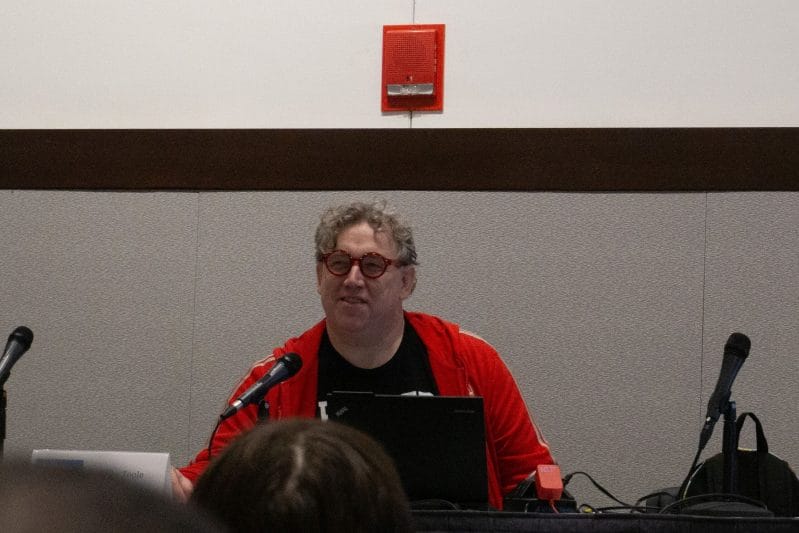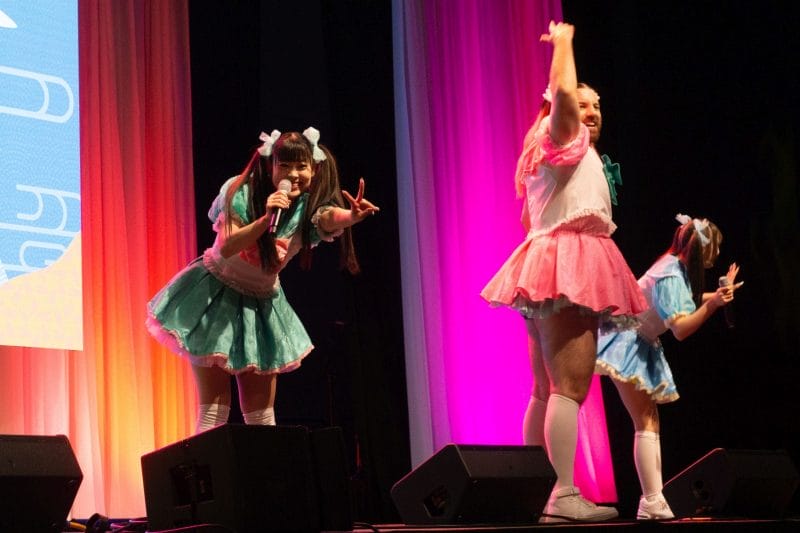In January 2013, I clicked on the Crunchyroll link to a seasonal show that seemingly came from nowhere, uploaded in the early hours of the morning. Love Live! School Idol Project loaded, quickly filling the screen with colour and music. From the moment Honoka, Umi, and Kotori danced to Susume→Tomorrow on their way to save Otonokizaka High from being shut down, something clicked. A domino effect was put in place, one that would lead to me becoming part of something much bigger.
Love Live! had humble beginnings, often referred to as the series that started from nothing and became a hit. The first μ’s (pronounced “muse”) single sold roughly 430 copies. In stark contrast, in 2020 Oricon listed the series as Japan’s fifth most successful media franchise with over 4.5 Billion Yen in physical media sales. The eventual smash success mirrors my own experience of few expectations leading to incredible returns.

Beyond raw sales data, Love Live! has had a profound emotional impact on its fanbase for more than a decade, and provided the blueprint for countless multimedia franchises. From discovering the first season of School Idol Project in 2013, to spending study breaks watching the second season every week, and later travelling to events, I’ve built my own history. Here’s what I’ve witnessed as a Love Live! fan of eight years: the story of the franchise, and me, so far.
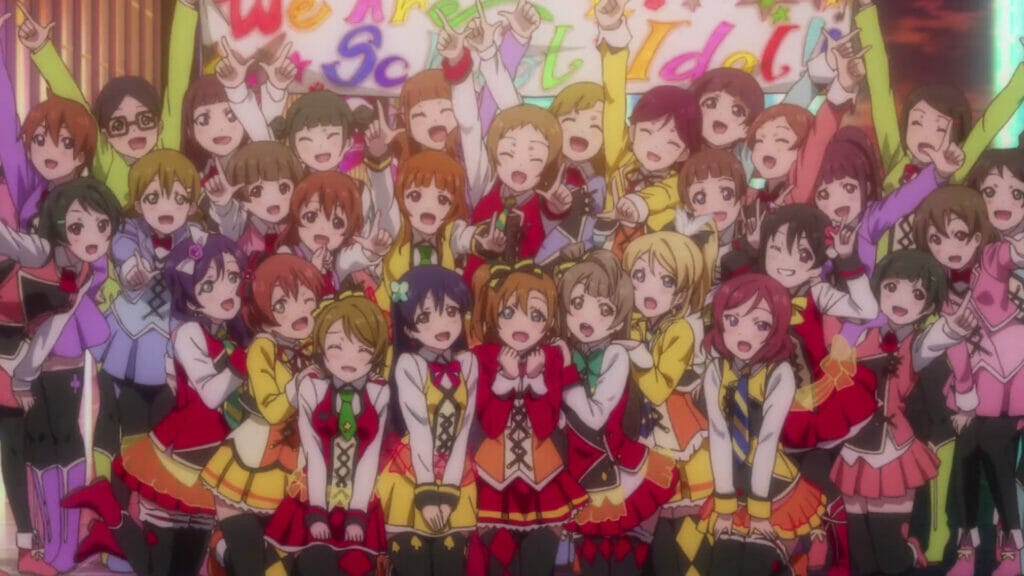
The forte of Love Live! is emotional storytelling. An enjoyable melodramatic curiosity I had clicked on a whim became one of my favourite anime of 2013. Though it was when I returned for School Idol Project 2nd Season the next year that I realised I was truly hooked. Unlike other idol anime like The iDOLM@STER, Love Live! distances itself from the producers and record labels of the corporate idol industry to create something more akin to K-On!: a series about the personal growth of its characters as they bond over their music.
It’s safe to say that Love Live! captured my heart in this early era. I listened to music, bought Blu-rays, religiously played School Idol Festival on my iPod Touch, and watched concerts and seiyuu events on YouTube. Yet my in-person fandom experience was all but nonexistent.
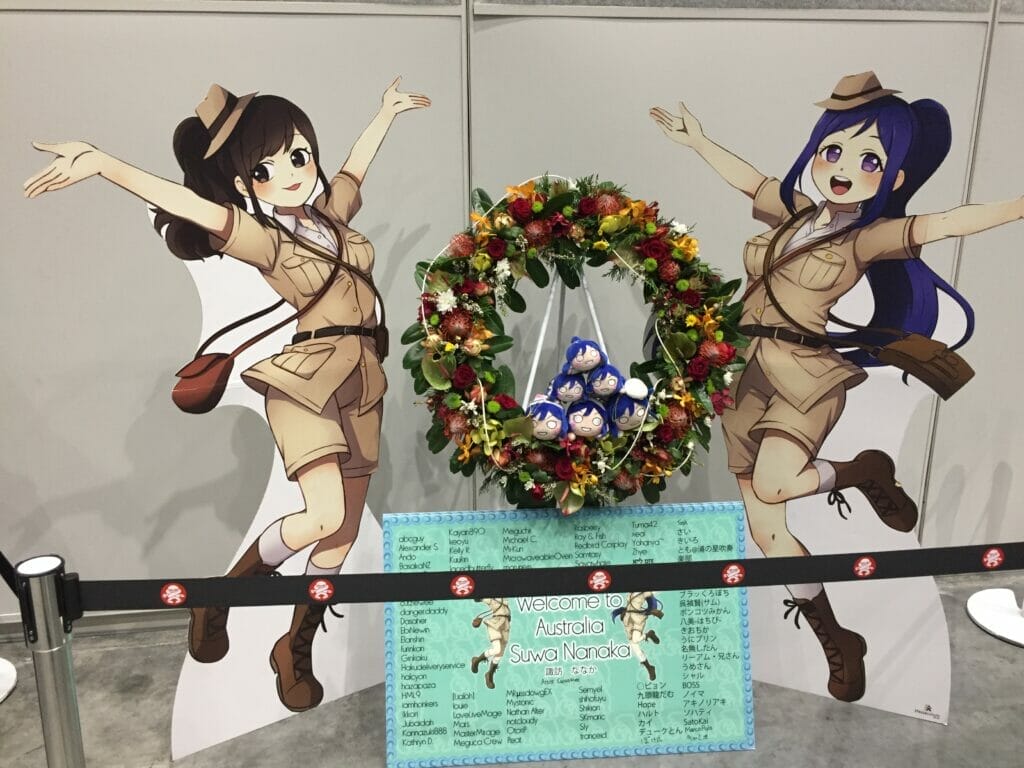
The online adoration I’d seen for Love Live! spilled into physical space at SMASH! in 2015. The convention in Sydney, Australia, was a Love Live! haven that year, merch and fan gatherings galore. Hype built in the local fan community, increasing further when the movie was then announced for Australian cinemas, just months after showing in Japan. Madman Entertainment were, and still are, as supportive of Love Live! in Australia as they can be.
I didn’t make Love Live! friends at the movie screening. Die-hard fans turned a regular screening into an impromptu “cheer session” without the consent of other attendees. While this ear-splitting experience was alienating, it didn’t deter me. I’d make sense of this fan community in the coming years as Love Live! became a major presence in Australia’s anime fandom.

Just as my fandom experience opened up, μ’s held the Final LoveLive! in 2016, their last full concert as a group. Though their anime had reached a satisfying conclusion with The School Idol Movie, this was a shock to the fandom. μ’s was at their height, and many had only just got into the series. I worried about whether I’d even be able to watch it.
Once again, Madman came to the rescue. I was able to attend live screenings of Day 1 and 2 of the finale concert in Sydney. In contrast to the movie, where dialogue during emotional scenes was drowned out by inappropriate laughter and cheering, a packed cinema of excited fans cheering for μ’s was a fitting environment for this concert. There was a great sense of community as Aussie LoveLivers came together for an emotional celebration of their favourite seiyuu and best girls.
One door closed, but another opened. Aqours—another group of idols from within the Love Live! story universe—made their debut in preparation for the anime Love Live! Sunshine!! in 2016. This was an eventful year for my fandom experience, as I travelled to Japan and got to see just how popular Love Live! was there. I watched the final episode of Sunshine!! Season One live as it aired on TV, and even visited a SEGA collabo cafe in Akihabara (the experience was better than the food).
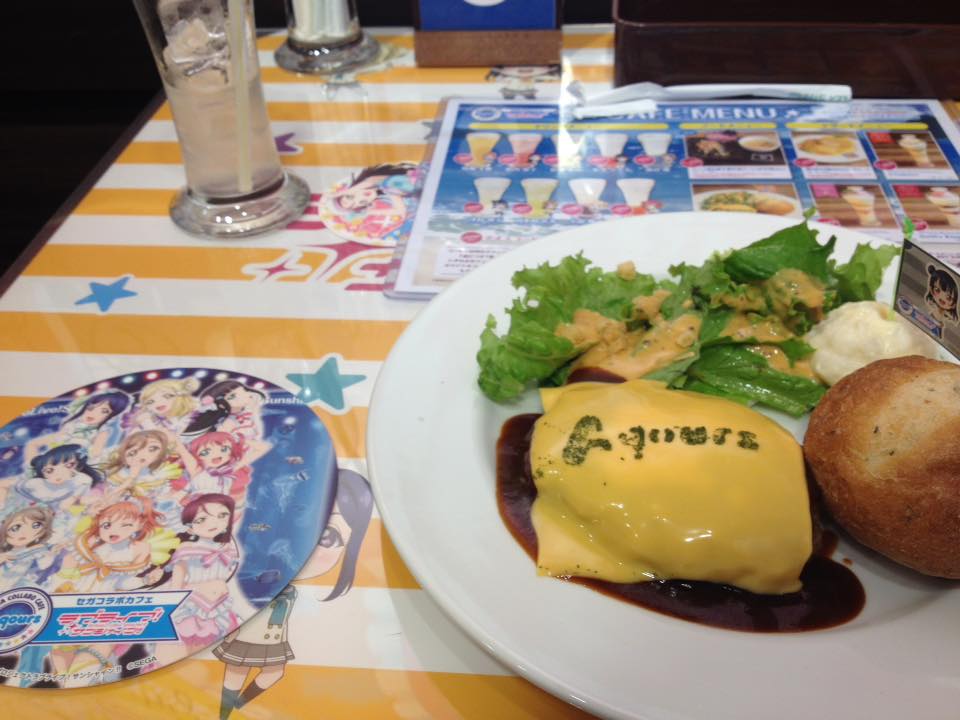
The height of Aqours was an important period in Love Live! history for me, especially since I was able to see their early growth as the franchise made big moves in English-language fandom. Sunshine!! had a more confident start that immediately endeared me, but the true strengths were in how it contrasted to the first series. Aqours has a far more difficult path. A similar premise of saving the school is reframed by showing the same scenario in a less fortunate backdrop. Their rural location creates more difficulties, and the consequences of failure are explored in far more depth.
In a somewhat meta response to the first series, school idols are far more popular and everyone will inevitably be compared to μ’s. The characters in Aqours faced the exact struggle that Sunshine!! faced as a series, seeking to set itself apart from what came before.
The first Aqours Live concert would also get a Live Screening in Sydney. It was on Day 2 that Rikako Aida, Riko Sakurauchi’s seiyuu, broke down in the middle of playing Omoi yo Hitotsu ni Nare (Feelings, Become One) on the piano. The other eight girls provided emotional support, as did the crowd. Though I feared the later releases would omit this powerful scene, the camera angles changed to highlight the moment, and Anju Inami’s (Chika’s) microphone levels were increased to make her words of encouragement to Rikako legible. “Just try it again, it’s gonna be okay. It’s absolutely gonna be okay”, she says in a firm but reassuring tone.
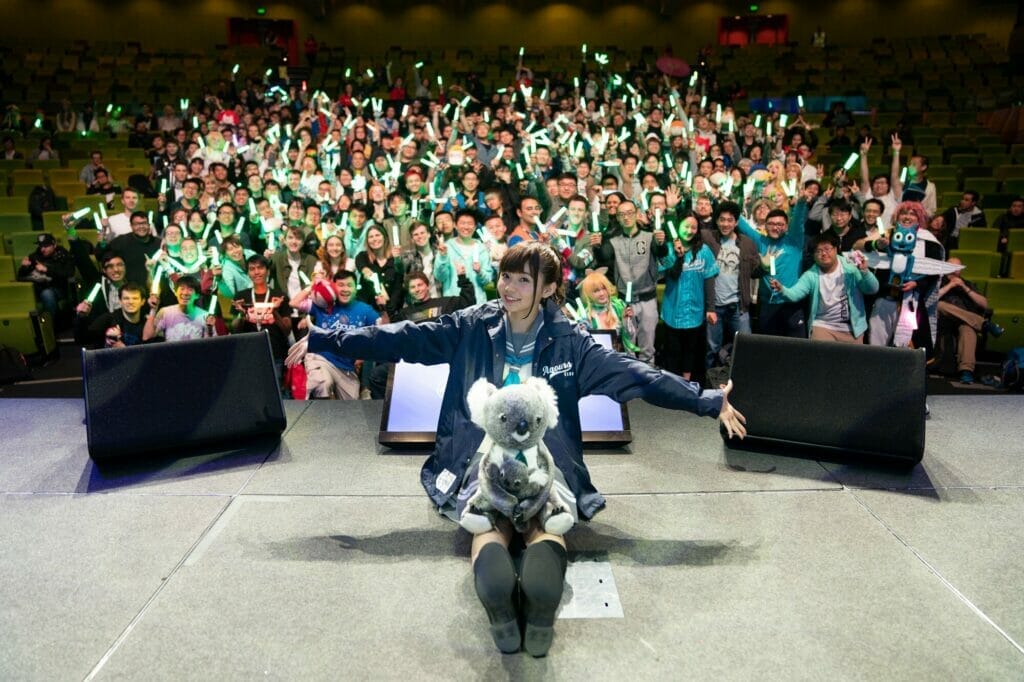
This moment of reality not only highlights how the seiyuu involved in Aqours overcome their real life struggles and Anju’s strengths as the leader, but also reflects one of the strongest themes of Sunshine!!. A moment of failure doesn’t have to be absolute, even when that moment of failure can’t be reversed and the path forward seems impossible.
Though mostly lighthearted, the final episodes of Aquors’ anime put greater emphasis on the themes of pushing forward even when failure makes that initial outcome you wanted impossible. More concerts such as the 3rd Live and the Hakodate Unit Carnival would come as fans waited for the movie that would complete the story. Though my year as LoveLiver wasn’t done just yet.
The unique experience of meeting Kanan’s seiyuu Suwa Nanaka on her trip to Australia, in my home state of Victoria no less, was something I couldn’t miss. It took me on an emotional rollercoaster, first being informed that everyone’s autograph tokens were sold out, and then finding that there were leftovers for both of her sessions. It was an incredible experience meeting her twice, receiving two of the Kanan image girl prints that currently go for $500 AUD on eBay, and I even got my face in a crowd shot behind her.

While Aqours aren’t the original, “iconic” Love Live! girls, their era was a personal highlight of my fandom experience. I made friends, went to all the live viewings in Australia, and even flew to Melbourne when Suwa came to the land down under. Then, at the Tokyo Dome on November 18th 2018, I saw them live.
Sailing to the Sunshine would become my favourite Aqours concert, though not only because of the emotional experience of attending it. Few new songs were released between Wonderful Stories and then, though this led to a “greatest hits” concert where I heard all my favourites. The people telling these stories weren’t just characters behind a screen, but real people who were just metres away from me. It felt like clicking on School Idol Project that first time had happened a lifetime ago.
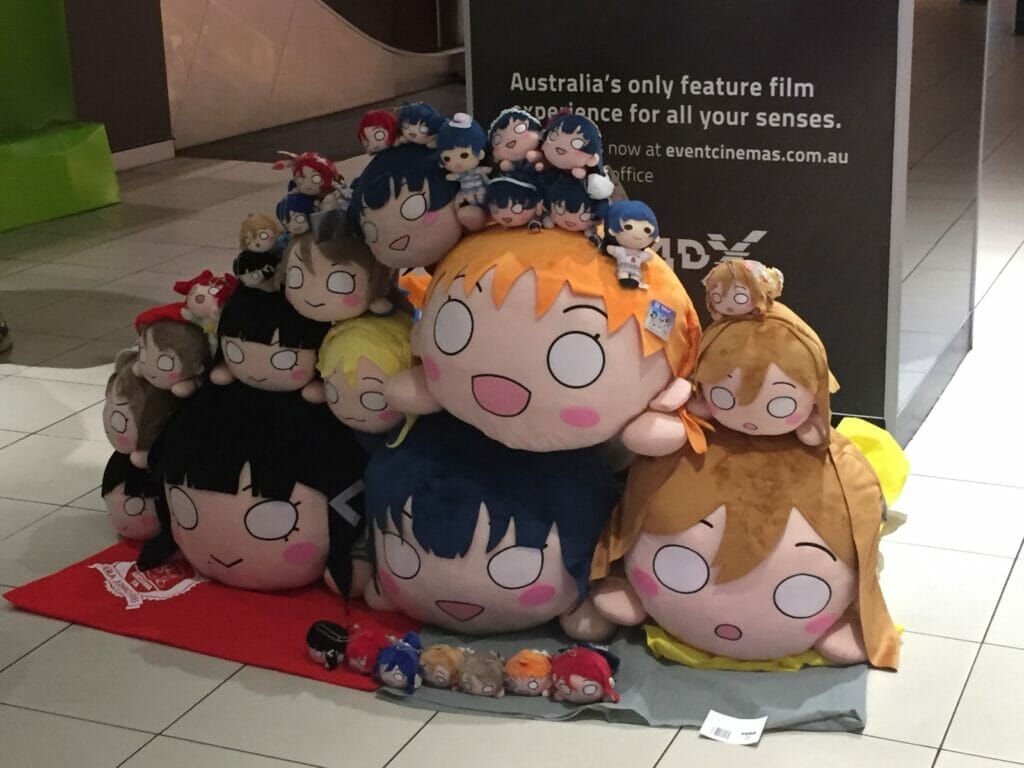
Unfortunately, future events in Australia hinged on the success of the screenings of Sailing to the Sunshine and the movie’s gross, and neither event performed significantly well. None of the 2019 concerts were screened in Australia. Though, I was able to see the final moments of Aqours in the movie, Over the Rainbow, with a big group of friends. Perhaps the real Love Live! was the friends we made along the way. Or the giant nesoberi we bought, about equal to the worth (and size) of a friend.
Over the Rainbow was an emotional conclusion to the anime story of Aqours, and perhaps a fitting way to end a consistent streak of Love Live! screenings in Australia. While reality can often disappoint, there’s value in making the most of the present rather than dwelling on the past.

Aqours still perform regularly, though the spotlight was handed to Nijigasaki High School Idol Club (often shortened as Nijigaku), the leading group in the new mobile game Love Live! School Idol Festival ALL STARS. Nijigaku and Aqours would unite in ALL STARS, though most surprising was the comeback of μ’s. Eventually, this would all lead to Love Live! Fest, which I attended in 2020.
Cracking out the orange penlights for Honoka’s Snow Halation solo was a dream I never thought would come true, as was seeing Aqours perform my favourites yet again. I even saw Nijigaku before their anime debut, bouncing to Meccha Going!! and feeling the heat of Setsuna’s pyro during CHASE!. It was my favourite experience as a LoveLiver. Though I still had more places to go.

I finally travelled to Numazu, the real life setting of Love Live! Sunshine!!. The hotel with a Yohane nesoberi on the counter was across the street from a traditional sweets shop with a Dia standee, a short walk from the Yohane Gamers store, which wasn’t far from the shopping district seen in the movie’s opening. I was in heaven, yet all these sights were only a fraction of the experience, as most of Sunshine!! was a short bus trip away, in Uchiura. Seeing these animated locations come to life was incredible, as were the friendly locals who embraced Love Live! and the tourism that came with it.
After returning home, Madman gave a chance to Love Live! Fest with a more successful delayed viewing. Things looked up when it was also announced that Mayu Sagara and Kaori Maeda (Kasumi and Shizuku from Nijigaku) would be at Sydney’s Madman Anime Festival for their first overseas appearance. Unfortunately, my Love Live! adventures were soon put on hold.
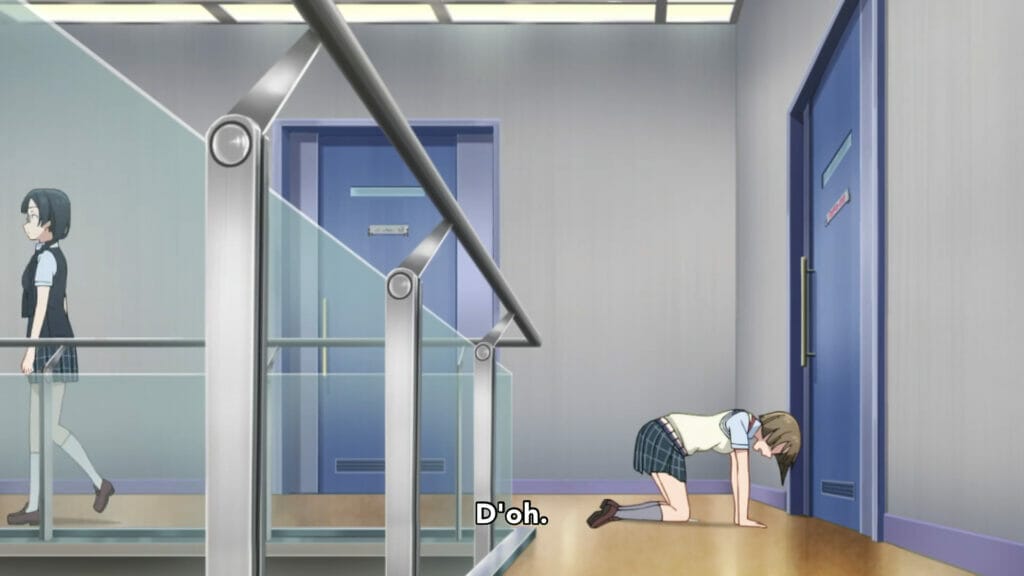
Even through these difficult times, Nijigaku pushed on. Their packed 1st Live was followed up by a 2nd Live in an empty arena. Even without an audience, it was an exciting show. Nijigaku were only meant for All Stars, so it was inspiring to see them become popular enough to warrant an anime in late 2020.
My Nijigaku highlights were actually before the anime. Visiting Akihabara’s SEGA collabo cafe in 2018, and visiting Melbourne’s Madman Anime Festival to meet Kanata’s seiyuu Akari Kito in 2019. The Demon Slayer backdrop was perhaps a means to an end of getting a Love Live! seiyuu to visit despite diminishing Love Live! returns for Madman, though the more lax rules meant an opportunity to thank her with a translator on hand to help, and time to get my first Love Live! seiyuu autograph… on a Demon Slayer postcard.
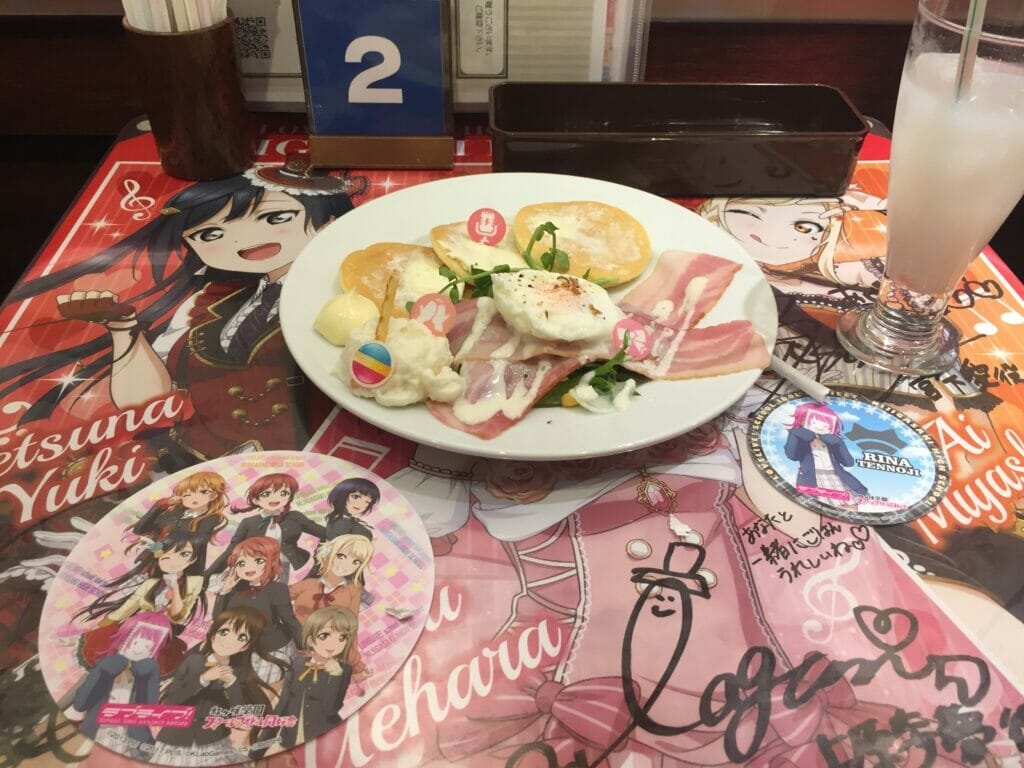
The franchise now embraces its past and present. μ’s continue in a limited capacity, Aqours still hold regular events, and Nijigaku are fully active with a second anime season on the way. As the three groups co-existed, Liella! debuted in 2020, and their anime Love Live! Superstar!!, the third major chapter of Love Live!, is set for July 2021. With series veterans at the helm, a bright pastel aesthetic, and a smaller group of five girls voiced by a new set of talented seiyuu, I can only expect the best.

Love Live! is more than the series I’ve spent the most money on. Well, it is, but it’s also the one I’ve built the strongest emotional connection to. Its optimistic themes and loveable characters helped me through difficult times, and the quality of content is as consistent as it is exceptional. I’m excited for the future of Love Live!. As for the future of Love Live! and Australia, while concert viewings are out, the Sydney-born Shu Uchida brings her colourful Aussie vernacular to Mia Taylor in ALL STARS. In that sense, Australia has already left a permanent mark on Love Live!, just as Love Live! has left a permanent mark on the fan culture here—and as it’s left a mark on me.






